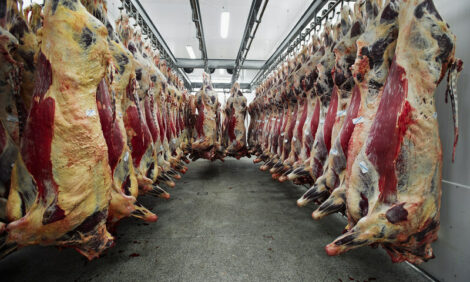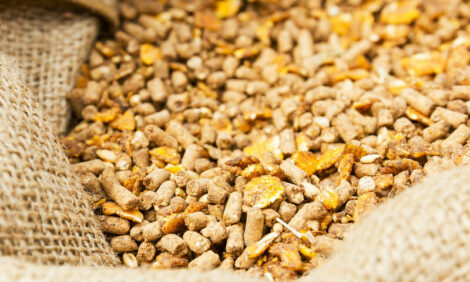



Debate on best way for beef industry to survive decoupling has been revived in Scotland .
UK - The new method of reporting beef cattle production costs launched at AgriScot last week by QMS is certain to revive the debate on the best way for the Scottish beef industry, particularly breeders, to survive decoupling.The new costing formula also confirms an average loss for intensive finishers of around £6 per animal and a deficit in the region of £190 a head for cattle on extensive systems.
As a result the National Beef Association is certain that the universal depth of loss confirmed by these new figures reinforces its original, post-decoupling, position that only a market average in the region of 260p per dwkg for prime cattle, along with a determined effort by farmers to improve production efficiency, can secure continued output at current levels.
The new calculation formula was initiated after NBA Scotland, and others, became frustrated with the underestimation of production costs, and the continued inclusion of subsidy income, in the previous costing system.
The decision made by a cross-UK group which included the NBA and many other organisations was that:
# Single Farm Payment should not be included in farm output.
# Family labour should be charged at an average rate of £11.18 an hour – or £28,000 a year.
# And a five per cent annual interest on working capital should also be included.
These revised calculations are judged to be a more accurate reflection of the beef industry's true costs of production and the NBA estimates average birth to slaughter production costs over 2005-2006 were in the region of 267p per dwkg .
It is pleased that the message given by these startling figures is being taken to retailers and processors to show that current market income makes beef production unsustainable.
However it is just as important that more farmers take increased efficiency more seriously and use as much of their SFP as they can as a capital fund to introduce radical cost savings into their business.
Cost saving is most easily achieved by matching production output with labour so the unit cost is as low as possible. Modifications that help to shed labour without reducing cattle numbers can include introducing a quieter type of animal and improving handling systems.
Other important cost reductions can be made through raising cow fertility – which will almost certainly include more attention being paid to disease control.
Shortening finishing times so that stock can be sold at the same weight perhaps months earlier than is the case at present can produce equally dramatic cost savings.
The purchase of better bred bulls, cows and store cattle so less feed and care is wasted on poor performers is also essential.
TheBeefSite.com News Desk


